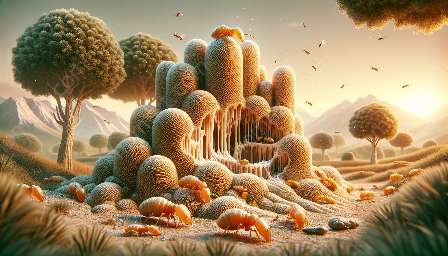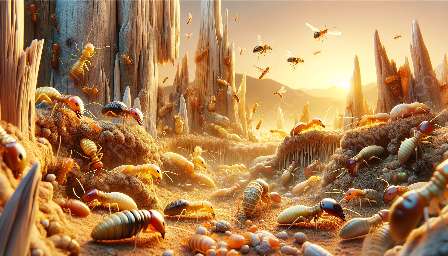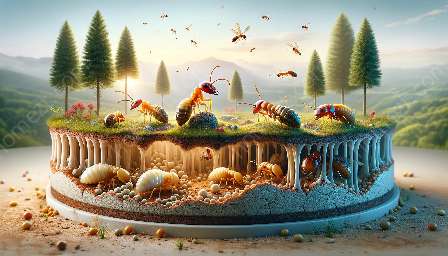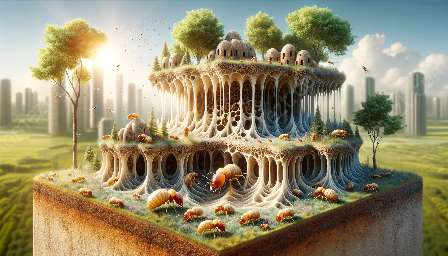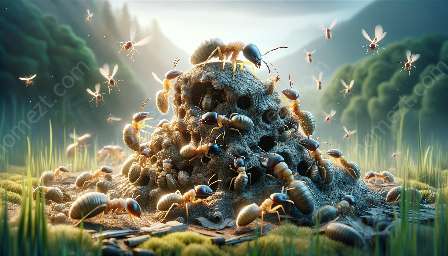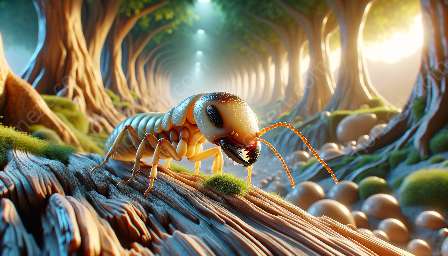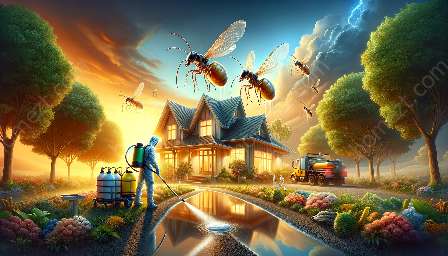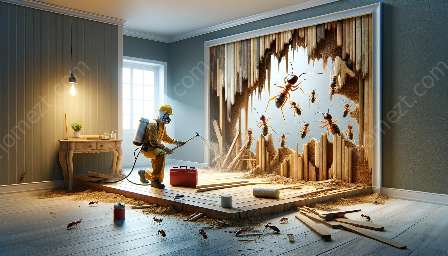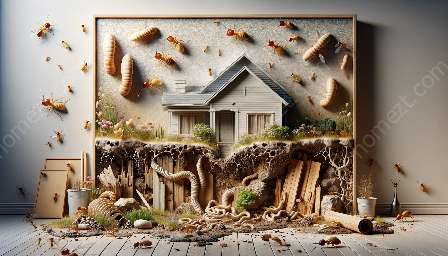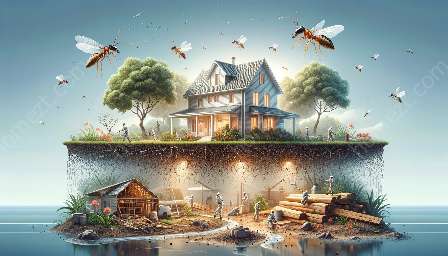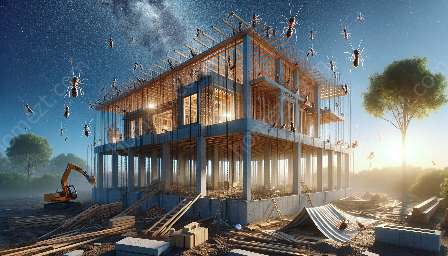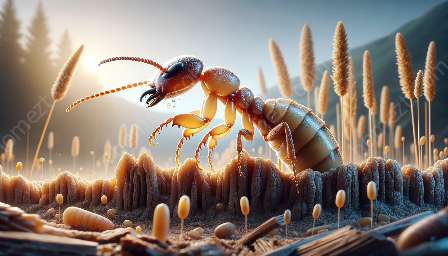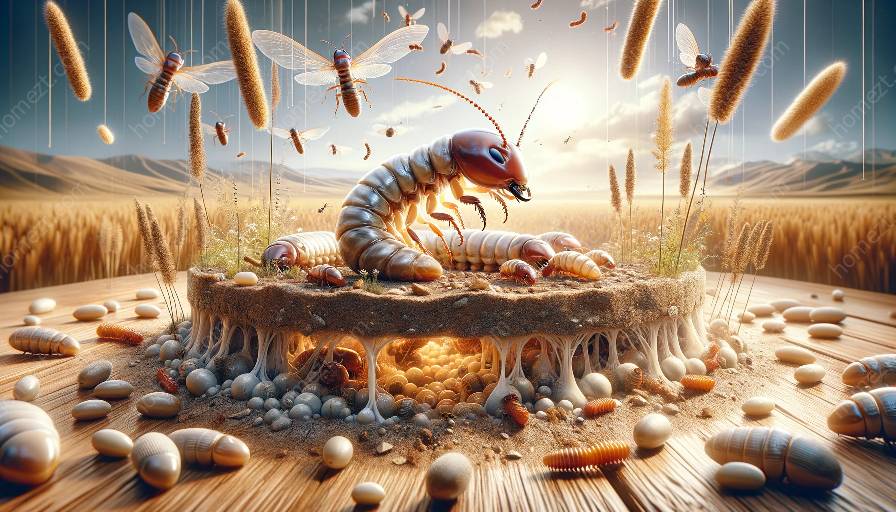Termites are eusocial insects that play a significant role in our ecosystem, but they can also pose major challenges as pests. Understanding the reproductive system of termites is crucial for effective pest control strategies. In this guide, we will delve into the intricate biology of termite reproduction, exploring the different castes, mating behaviors, and the role of the reproductive system in termite colonies.
The Social Structure of Termites
Before delving into the reproductive system, it's essential to understand the social structure of termite colonies. Termites live in large, organized colonies, where each member has specific roles and responsibilities. The colony consists of different castes, including workers, soldiers, and reproductives.
Reproductive Castes
The reproductive caste of termites is responsible for colony expansion and propagation. This caste includes both primary and secondary reproductives. The primary reproductives, also known as the king and queen, are responsible for producing new offspring. Secondary reproductives, on the other hand, can develop into replacement kings or queens when the primary reproductives are lost.
Mating Behaviors
Termites engage in elaborate mating behaviors that contribute to the sustainability and growth of their colonies. Most termite species undergo nuptial flights, during which winged reproductive termites, known as alates, venture out of their colonies to mate and establish new colonies. Understanding these behaviors is integral to implementing effective pest control measures, as it provides insights into the optimal times for intervention.
Reproductive System Anatomy
The reproductive system of termites is fascinating and complex. The queen termite's abdomen is highly specialized to accommodate the vast number of eggs she produces, often laying thousands of eggs each day. This remarkable reproductive capacity enables termite colonies to grow and thrive, posing significant challenges to pest control efforts.
Reproduction and Pest Control
Given the critical role of the termite reproductive system in colony sustainability, pest control strategies must target the reproductive caste effectively. Understanding the mating behaviors, reproductive biology, and lifecycle of termites is essential for developing targeted and efficient pest control methods.
Integrated Pest Management
Integrated Pest Management (IPM) strategies focus on sustainable approaches to pest control by incorporating biological, physical, and chemical control methods. By understanding the reproductive system of termites, pest control professionals can develop targeted IPM strategies that disrupt mating behaviors and limit the growth of termite colonies.
Conclusion
Exploring the termite reproductive system provides critical insights into the biology and behaviors of these fascinating insects. By understanding the complexities of termite reproduction, we can develop more effective pest control strategies to mitigate the impact of termites as pests while appreciating their ecological significance.

